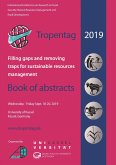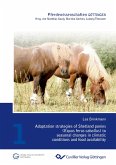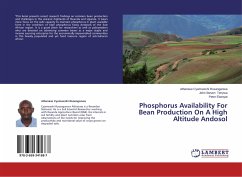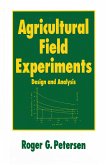The limited P resources make it necessary to recover P from waste materials. Different chemical and thermal processes are given resulting in P-fertilizers with different availability to the plants. We tested the P availability of recycled P products in comparison to standard P fertilizers triple superphosphate (TSP) and rock phosphate (RP) in a pot experiment. The experiment was performed on an acid (pH 4.4) and a neutral soil (pH 6.8) of low available P. Eight recycled P products were evaluated, 4 from chemical processes (3 magnesium ammonium-phosphate [MAP] of different sewage treatment plants and a precipitated calcium phosphate [Ca-P]) and 4 from thermal processes (a heavy metal depleted sewage sludge [Sl-ash], and alkali sinter phosphate [Sinter P], a cupola furnace slag from sewage sludge [Cupola slag] and a mono-incinerated meat and-bone meal [MB meal ash]). Plant availability was in the following order: in the acid soil, TSP ¿ MAP ¿ precipitate calcium phosphate (Ca-P) ¿ thermal products ¿ rock phosphate (RP). Although the products Sinter-P and Cupola slag were as effective as TSP, the first in the acid soil and the second in a neutral pH soil. To explain the differences in availability the P dynamics after fertilization was evaluated by a fractionation P extraction and the isotopically exchangeable P (IEP). The extractants and the order used in the sequential fractionation procedure were: anion exchange resins (resin-Pi), NaHCO3 0.5 M, NaOH 1 M, HCl 1 M, HCl concentrated and H2SO4 concentrated plus H2O2 (residual P). Phosphorus from MAP products was extracted mainly by resin-Pi, NaHCO3 and NaOH and was comparable to the fate of P from TSP. Ca-P was found mainly in resin-Pi, NaHCO3-Pi and NaOH-Pi in the acid soil. In the neutral soil, the P from Ca-P was not found in resin-Pi but in NaOH-Pi and in HCl 1M Pi. The thermal products were separated in two groups according to the extraction procedure. The P from the products Sinter-P and Cupola slag in the acid soil were found mainly in resin-Pi, NaHCO3-Pi and NaOH-Pi, however the amount of P found in resin Pi was in tendency lower than for TSP. The products Sl-ash and MB meal ash are in the second group, which were similar to RP. The P from these products was mainly found in HCl 1M-Pi fraction. The IEP in soils fertilized with MAP products increased in a similar amount than in soils fertilized with TSP in both soils. Calcium phosphate was more effective in the acid soil Düshorn being similar to the MAP products. The thermal Sinter-P showed an IEP comparable to TSP in the acid soil and the thermal product Cupola slag was similar to TSP in both soils. The other thermal products, Sl-ash and MB meal ash were ineffective to increase the IEP in both soils.
Bitte wählen Sie Ihr Anliegen aus.
Rechnungen
Retourenschein anfordern
Bestellstatus
Storno








